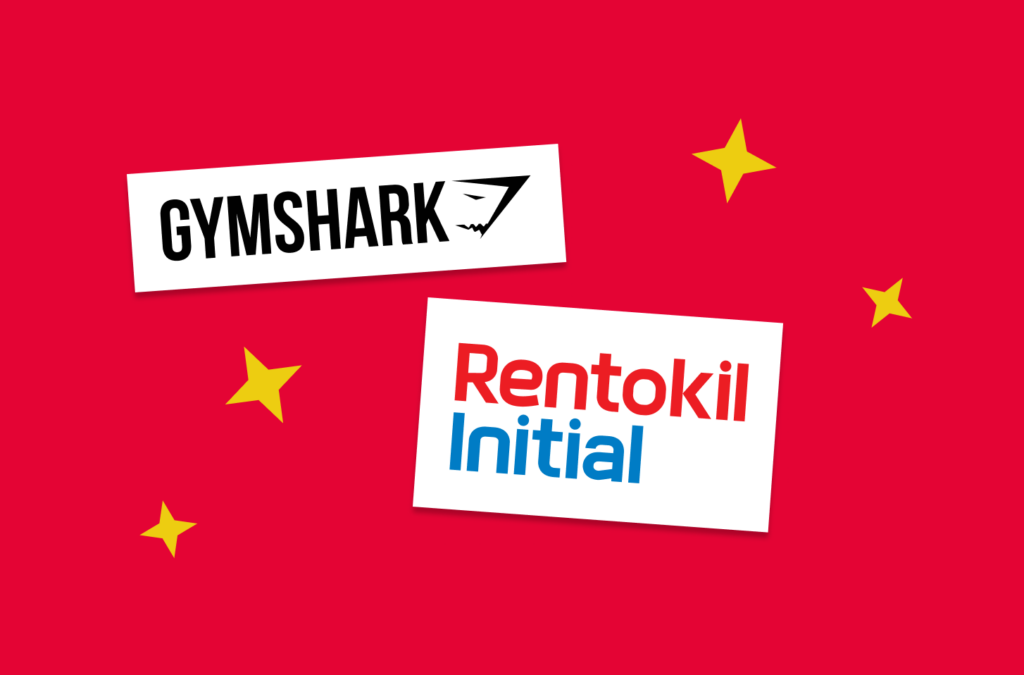Selling your business? Use your brand to maximise your sale price
When it comes to selling your business, there’s one asset that could make a big difference to your valuation and that’s your brand.
Savvy buyers are looking for more than just a healthy balance sheet. They want to buy into a brand that stands out, commands loyalty and shows great potential for growth. Yet, many founders overlook the power of their brand when preparing for a sale.
So let’s explore why your brand matters more than ever and how to leverage it to secure the best deal.
Building value beyond financials
Profit and loss are crucial of course, but an impactful, well-positioned brand can also add zeros to your valuation. Why? Because more than just a collection of assets – it gives you the clout to command higher prices, draw in strategic partners and forge unshakeable client loyalty. All of which are signs of stability and growth and therefore, irresistible to buyers.
Real-world examples

Take Gymshark, the UK fitness apparel brand. What started in a garage is now a billion-pound business, thanks largely to a differentiated identity and cult-like following.
Then look at Rentokil Initial. By aligning the brand with its business strategy – focusing on innovation and next-level service – Rentokil strengthened its market position and significantly increased its valuation.
So what are the key components of a sale-ready brand?

Brand Identity:
This is how your brand shows up in the world.
If you want to achieve a top valuation for your business, an effective visual and verbal identity is non-negotiable. Buyers want to see that you know who you are and what you stand for. And they want to make sure all of this comes through loud and clear in your identity. They’re looking for:
- A meaningful purpose, mission and vision
- Inspiring values and beliefs
- A watertight unique value proposition
- An engaging brand personality
- And a distinct and cohesive look and feel
All wrapped up in a captivating package that’s consistent across every touchpoint.
This isn’t just about looking the part. It’s about deeply resonating to shape how your business is perceived in the market. From your visual identity to your messaging and the story you tell, everything should scream, “This is the unique value we bring!”
Brand Reputation:
Your reputation is how people perceive your brand – whether they’re clients, prospects, competitors, or the market at large.
Positive brand perception builds trust, respect and loyalty. It turns leads into prospects, prospects into clients and clients into lifelong advocates. It opens up opportunities – from publicity to partnership deals. No wonder brand reputation factors in so highly when you’re negotiating a sale.
There are many ways you can boost your reputation to increase your valuation. These include publishing stellar reviews and case studies, applying for accreditations and industry awards, harnessing PR and thought leadership and partnering with leading industry experts. All of which show potential buyers that your brand isn’t just known; it’s well-respected in your niche. And that’s priceless.
Brand Differentiation:
This is how you stand out and become known for what you do best.
In a crowded marketplace, differentiation elevates you above the noise. A brand that is highly distinguished from competitors isn’t just memorable – it’s hugely valuable. By cleverly differentiating your brand you can avoid price wars, command premium pricing, become a magnet to the right clients and secure greater client loyalty. All of which will maximise your valuation and make your business extremely sought-after.
It’s not just about looking different but delivering value in a distinct way that resonates with your ideal clients. This begins with your Unique Value Proposition (UVP) – the cornerstone of differentiation. Your UVP should clearly articulate what makes your business unique and why clients should choose you over competitors.
By clearly defining and communicating your differentiation and why it matters to your clients, you’ll build a competitive advantage that’s hard to replicate and impossible to ignore.
Common pitfalls and how to avoid them

Over-reliance on your personal brand:
Founder visibility can be a double-edged sword. Being the face of your brand can build trust and humanise your business. But if your brand is too dependent on you, buyers may believe your business will fall like a house of cards without you. The fix? Start shifting the spotlight to your wider team, build up other leaders and delegate thought leadership.
Underestimating the importance of consistency:
Inconsistency is the enemy of trust. If your brand shows up differently across platforms, it will raise red flags for your buyers. They’re looking for a brand that’s seamless and consistent – from the first client touchpoint to the last. So run a brand audit. Find the gaps. Fix them.
Neglecting brand documentation:
This is where many founders drop the ball. Without a clear user guide for your brand, you could be leaving money on the table. So whip up those brand guidelines, document your key messaging, organise your brand assets and make sure every piece of the puzzle is in place. Buyers will be relieved to know they’re getting a well-structured machine, not a chaotic mess they’ll need to unravel!
Practical steps to enhance your brand pre-sale

Start with a brand audit to see where you stand. This is your chance to take a long, hard look at your brand – spot the weaknesses, find the opportunities and take action to get everything shipshape and in peak condition. (Talk to us about BrandSight:360, our expert assessment, complete with client perception survey, actionable report, strategy and roadmap.) link
Leverage brand equity:
Boosting your brand equity is key to upping your valuation. Invest in customer loyalty, beef up your online presence and forge strategic partnerships that put your brand on the map. The higher your brand equity, the higher your asking price.
Prepare for transition:
Don’t leave your brand’s future to chance. Create a dedicated brand transfer plan to reassure buyers that your brand will thrive even after you’ve handed over the reins. From training new owners to documenting how it all works, make sure you’ve thought of everything to make the transition as smooth as possible.
Summing it all up

Far more than just a visual identity, your brand is a powerful asset that can significantly influence the outcome of your business sale. When you pitch it in the right way, it won’t just attract interest – it will command a premium. By focusing on your unique value, building a trusted reputation and ensuring a seamless transition, you’ll set the stage for exciting offers and a successful sale.



